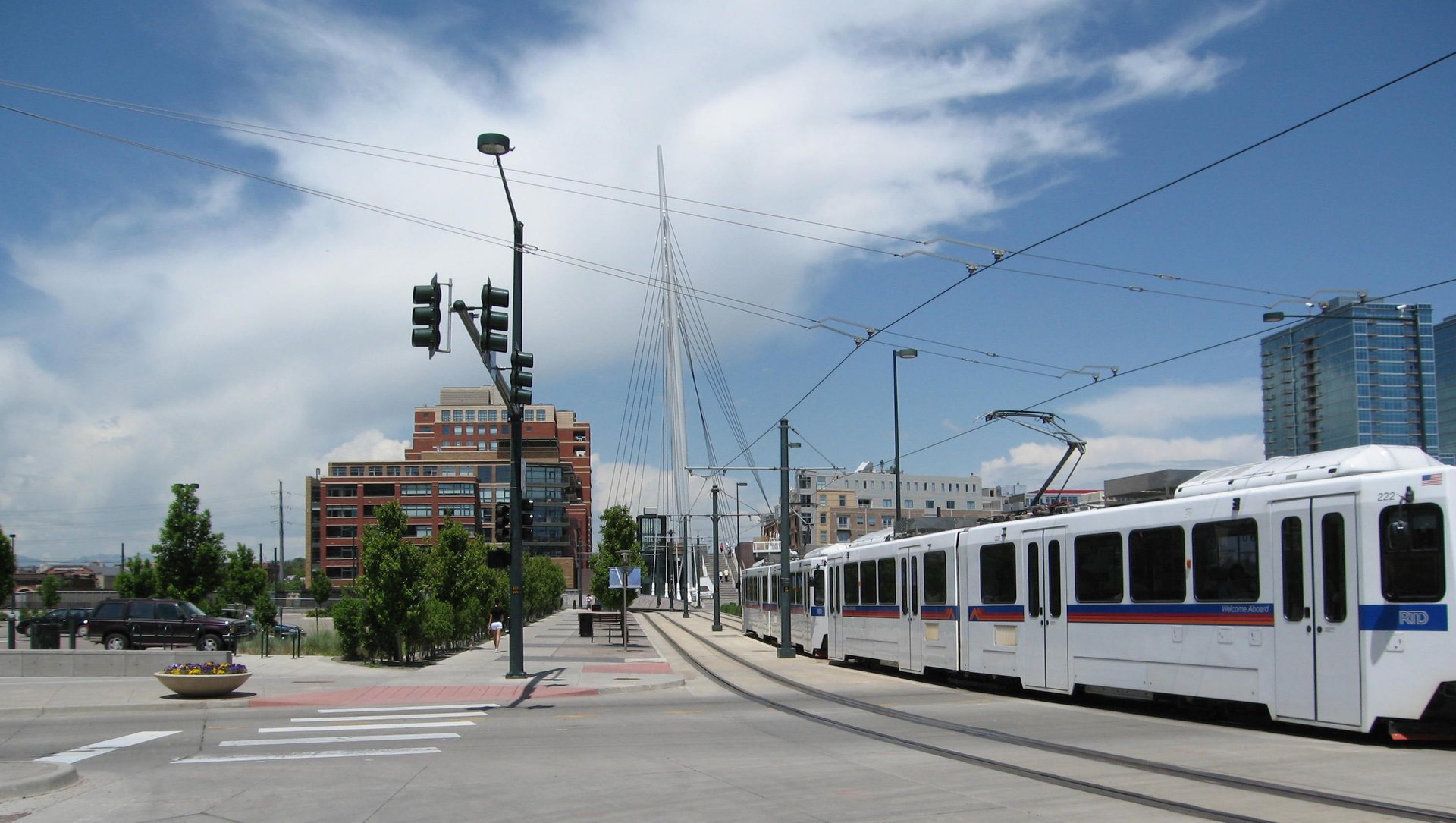The private sector is the answer to America’s huge transportation infrastructure problem
There is growing recognition that America’s transportation infrastructure, ranging from airports to highways and from rail to transit, is in desperate need of renovation and upgrades requiring significant investment. Though the source of the necessary funds is hotly debated, it is essential to ensure that they be spent wisely. Once the funds are committed to a project, it must be delivered effectively and under budget, not only for the success of the project itself but also to generate public support. In an era when the public and many elected officials are ever more skeptical about the ability of government to deliver projects and services effectively, the task of gaining public support for such essential projects would be greatly facilitated. Were the public confident that money would not be wasted, that government agencies could successfully complete such projects on time and under budget, it is also much more likely to support the future infrastructure mega projects required to create a world-class transportation system.


There is growing recognition that America’s transportation infrastructure, ranging from airports to highways and from rail to transit, is in desperate need of renovation and upgrades requiring significant investment. Though the source of the necessary funds is hotly debated, it is essential to ensure that they be spent wisely. Once the funds are committed to a project, it must be delivered effectively and under budget, not only for the success of the project itself but also to generate public support. In an era when the public and many elected officials are ever more skeptical about the ability of government to deliver projects and services effectively, the task of gaining public support for such essential projects would be greatly facilitated. Were the public confident that money would not be wasted, that government agencies could successfully complete such projects on time and under budget, it is also much more likely to support the future infrastructure mega projects required to create a world-class transportation system.
Unfortunately, the history of mega projects in the US and around the world is not reassuring. They tend to exceed their original budgets, come on stream later than anticipated and prove their original projections to have been exaggerated. Boston’s Central Artery Project, otherwise known as the Big Dig, is a dismal example. Although estimated to open in 1998, the project was not completed until 2007. Its cost, which had been estimated at $2.4 billion, soared (including interest payments) to an estimated $24 billion.
The case of Denver International Airport, the last airport to be built in the United States, also provides important insights into the nature of the problem. Originally estimated at $1.5 billion, DIA ended up costing almost $5 billion (p. 5) and opened 16 months late due largely to the implementation of an untested large scale automated baggage system. Moreover, actual traffic was considerably less than forecast. The problem lay not in the ambitions of the city’s decision makers, but in a failure to recognize the technological risks and to prepare for changing circumstances and a lack of accountability.
Fortunately, not all mega projects suffer disastrous outcomes and important lessons from such cases can help ensure that a project will achieve and even exceed its original objectives.
Another Denver transportation mega project, “T-REX,” involved widening Interstates 25 and 225 and constructing a light rail line in the same corridor, and illustrates this point well. This project was completed ahead of schedule, under budget, and the actual number of passengers using the light rail line exceeded the projections. This success story was due to a more flexible and adaptable planning, design and implementation process that was able to respond to changing conditions. Moreover, this was a public-private partnership that accepted the principle of accountability.
Several points here deserve elaboration. In order to avoid disastrous outcomes, responsible parties must utilize risk analysis and risk management techniques and planners must recognize the need for rapid adaptation and avoid lock-in to a rigid plan.
Furthermore, far too often public funds are wasted because government officials believe they are playing with “house money.” The public must be confident that their taxes will be wisely spent. This requires that the principle of accountability become the norm, and that the necessary mechanisms be in place to ensure that all those involved in planning, managing and implementing the project will be held personally responsible for their decisions and action.
The trend towards public-private partnerships, while no guarantee, can be a positive step in this direction because private stakeholders bear a portion of the risk with serious financial implications. Such partnerships, supported by the US Department of Transportation, possess other potential advantages such as financial, technical and administrative expertise. The details of the agreement should, of course, be widely disseminated and discussed openly. In this way, the public will gain greater confidence in the ability of public agencies to deliver important public sector projects effectively and efficiently.
The lesson is clear. If government agencies implement these principles, the country will be able to renovate and refurbish its aging infrastructure, the public and the economy generally will benefit from an improved transportation system, and we will once again become a leader in moving goods and people efficiently and safely.